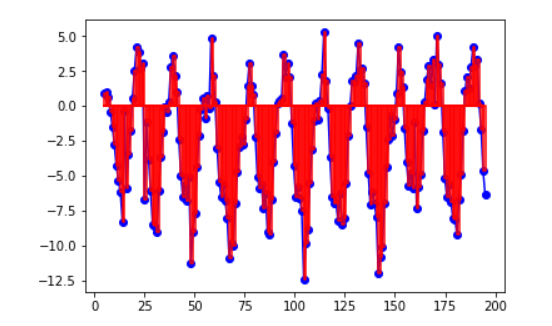I hope you are well.
I am writing to you because I am working on a sports project and I have a little trouble interpreting my results.
we placed the accelerometer on the legof a runner and we have the acceleration data of the player according to the 3 axes (x,y,z) according to the points of measurement (1 point = 2.6ms).
I have for the moment considered that the acceleration (m/ms) in y and I get this for 200 points:
I subtract 9.81 from my data and then I calculate the integral of this function by the method of the strangles on the left and i get this :
I have several questions to ask you: - Knowing that the accelerometer is placed on one leg of the runner, How can I determine the speed of the runner according to the result of my integral? what conversion do I have to do? - Finally, should I also consider the speed in x and z?
Thanks a lot for your help.

